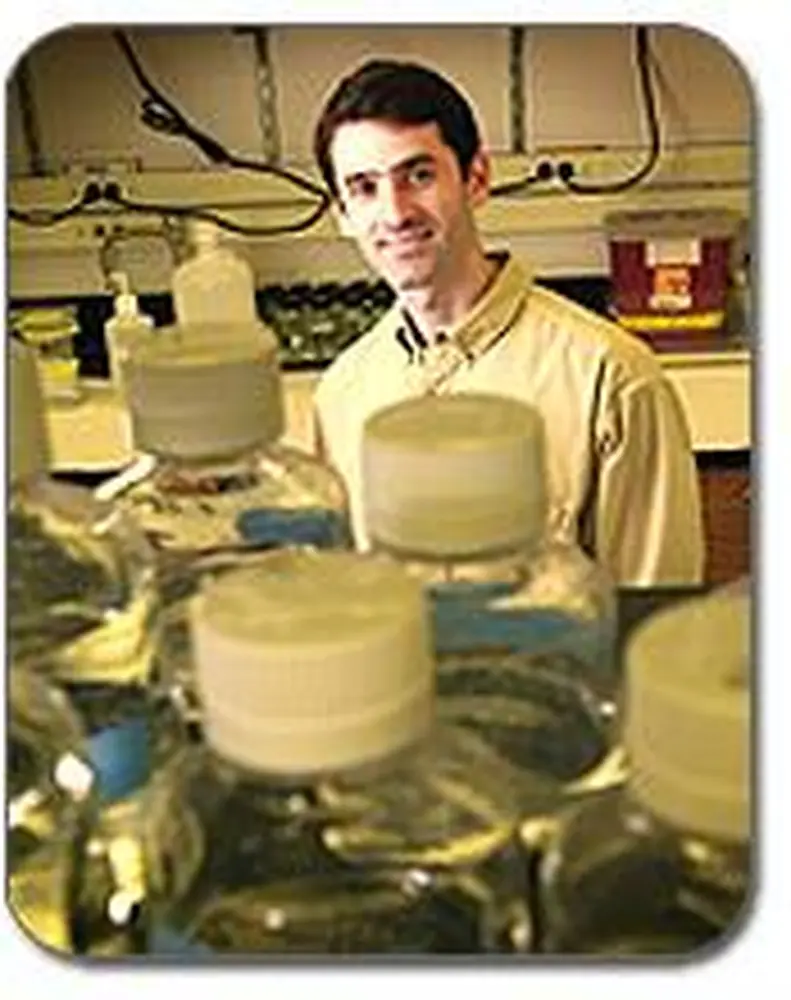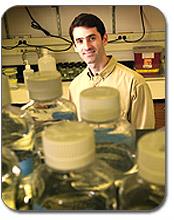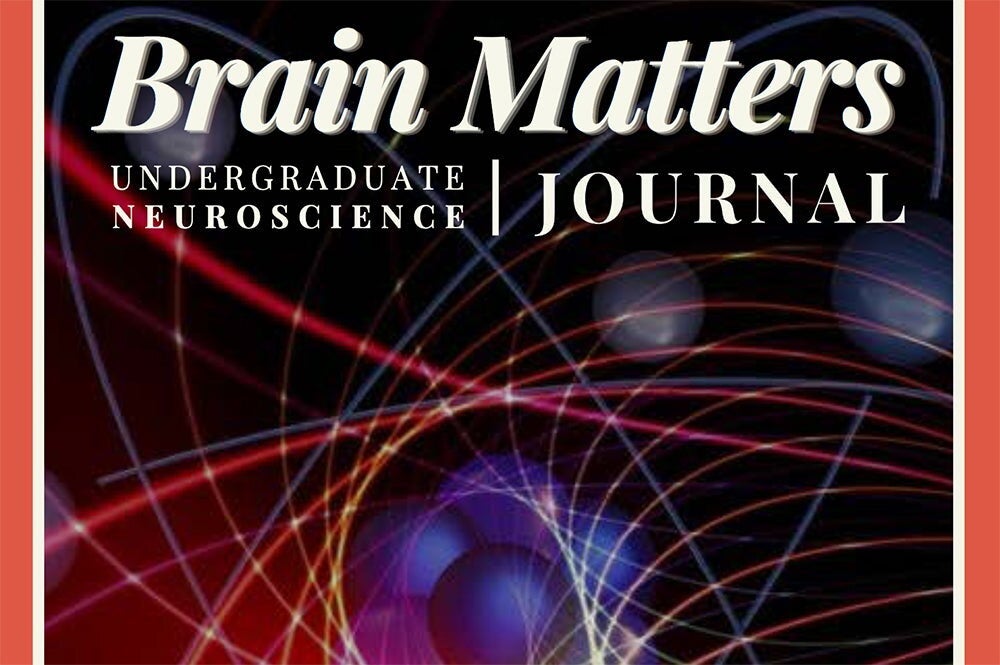

In the ongoing quest to understand human genetics, two LAS scientists have created a new process to aid in investigating how RNA splices within cells. Chemistry professor Scott Silverman and graduate student Yangming Wang have found a way to use artificial DNA enzymes to create lariat RNA, a key component in splicing named for its lariat or lasso-like shape. This special RNA, that was formerly extremely difficult to synthesize artificially, can now be chemically modified to help researchers experiment with splicing.
A greater understanding of RNA splicing may help scientists learn more about how diseases and birth defects linked to errors in protein synthesis occur. Silverman and Wang's findings will appear in a paper published in the Journal of the American Chemical Society.


